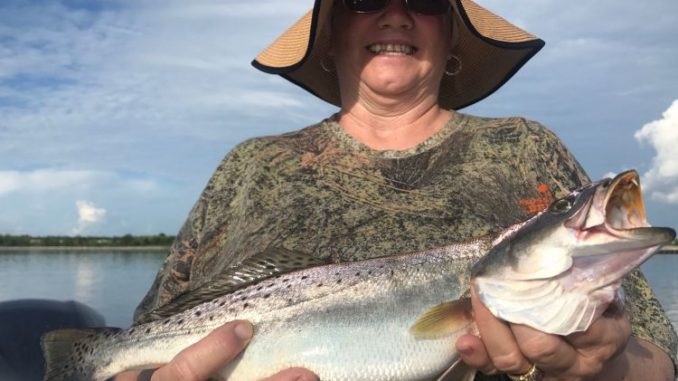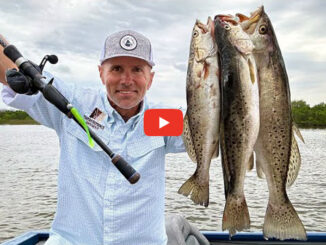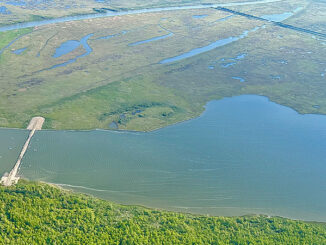
Target outer islands in Biloxi Marsh this month, guide says
You could call Capt. Mike Gallo an eternal optimist.
When asked about September marking the start of the transition for speckled trout in and around the Biloxi Marsh, The Rigolets and Lake Borgne, the owner of Angling Adventures of Louisiana in Slidell conceded that it was.
Sort of.
But instead of the transition most anglers think of — when specks typically spread out a bit after the spawn and begin slowly making their way back into coastal bays and marshes to ride out the winter — Gallo put things in a different perspective.
“I like to put a positive slant on it,” he said with a chuckle. “We know female trout will grow 12 inches in a year, and males grow about 10 ½ inches. And we know the spawn generally starts in May and really gets kicked off in June and July.
“So the fish that were born last June, July and August in 2016 start to transition to being 12 inches long in September of this year. I try to be the guy whose glass is half-full, not half-empty.”
Instead of fretting over true transition trout that might become a little less predictable, Gallo is already thinking about where he might be able to hook up with brand new, now-legal-sized specks.
“Go back in your memory to the places you fished in June and July where the 10- and 11-inch fish were eating you up and you had to leave,” he said. “Go back there because those fish are now 12 inches.
“You still have to weed through them because there are males and females, but it’s not the worst thing in the world to catch 150 trout and keep 75.”
For trout trips in September, Gallo typically consults the Lake Pontchartrain Basin Foundation’s website (saveourlake.org) to see if he can locate water salinities in the neighborhood of 15 parts per thousand. If he can, he usually has to venture out to some of the hundreds of islands in the Biloxi Marsh with live shrimp and uses a popping cork to search out trout in waters 6 feet or less.
“If it’s over 6 feet, I work the bottom first,” he said. “Warm water does not hold dissolved oxygen as well as cooler water — and that’s huge to a fish. So the deeper water is cooler and holds more oxygen, and that’s why a majority of your fish this time of year are caught on the bottom. And the earlier in the day, the better.”
One traditional trout spot that hasn’t been on Gallo’s radar this summer is the iconic L&N Train Bridge in The Rigolets. Usually a late-summer mainstay for speck anglers, this year’s high rainfall has pretty much shut the bite down there.
“It’s been off. The Pearl River has been high and we’ve gotten so much rain,” Gallo said. “I heard on the radio that June had twice as much rain as normal.”
But in true optimistic fashion, Gallo said he’s excited about this fall — and he’s already thinking about what next September might hold.
“Tropical storm Cindy rolled in this summer and brought us higher-salinity water closer by — perfect for the spawn — and those new fish are being born right now,” he said. “They won’t mature until this time next year, which makes them perfect candidates to be caught in the fall of ’18.”
Editor’s Note: Capt. Mike Gallo with Angling Adventures of Louisiana in Slidell can be reached at 985-781-7811, or by visiting www.aaofla.com.


